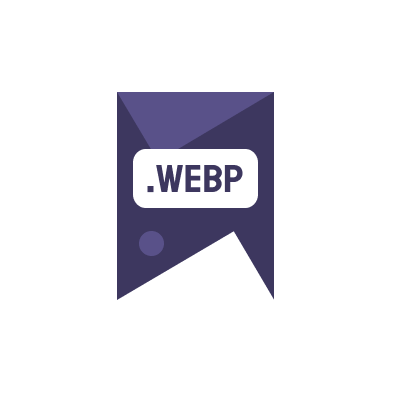When it comes to optimizing your website’s performance, images are often an overlooked aspect. However, non-optimized images can significantly impact your Core Web Vitals, a set of metrics Google uses to measure user experience. In this article, we’ll delve into this issue and provide solutions to enhance your site’s performance.
Understanding Core Web Vitals
Core Web Vitals are a set of specific factors that Google considers important in a webpage’s overall user experience. They measure dimensions of web usability such as loading time, interactivity, and visual stability. Non-optimized images can negatively affect these metrics, leading to lower rankings in search engine results.
How Non-Optimized Images Affect Core Web Vitals
Images that are not optimized for the web can significantly increase your page’s loading time. This impacts the Largest Contentful Paint (LCP), one of the Core Web Vitals that measures loading performance. Large, unoptimized images take longer to load, causing a delay in the time it takes for the main content of a page to become fully visible.
Furthermore, non-optimized images can also lead to layout shifts, affecting the Cumulative Layout Shift (CLS), another Core Web Vital metric. This is because images without specified dimensions can cause elements on the page to move around as they load, leading to a poor user experience.
Optimizing Your Images
Fortunately, there are several strategies you can employ to optimize your images. One of the most effective is converting your images to the WebP format. WebP images provide superior compression and quality characteristics compared to other image formats. You can easily convert your images to WebP using online tools like ConverterWebP.
Another strategy is to specify the dimensions of your images in the HTML or CSS. This can prevent layout shifts and improve the CLS score. Lastly, lazy loading can also help improve your LCP score by only loading images when they’re needed.
Conclusion
Optimizing your images is not just about improving your website’s aesthetics, but also about enhancing its performance and user experience. Make use of online tools like ConverterWebP to convert your images to WebP, and enjoy the benefits of improved Core Web Vitals. Remember, a well-optimized site is more likely to rank higher in search engine results, leading to increased visibility and traffic.
Still have questions about image optimization and its impact on Core Web Vitals? Check out Google’s SEO Starter Guide for more information.
